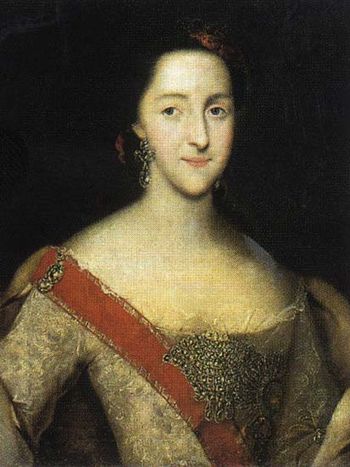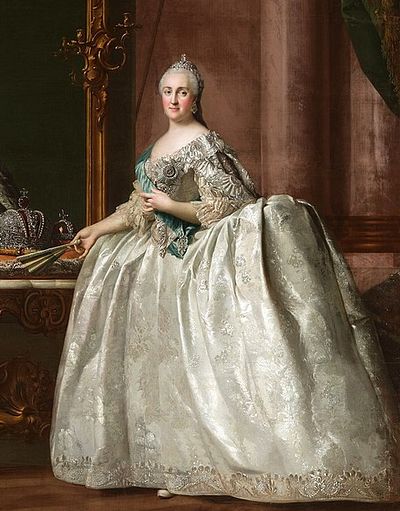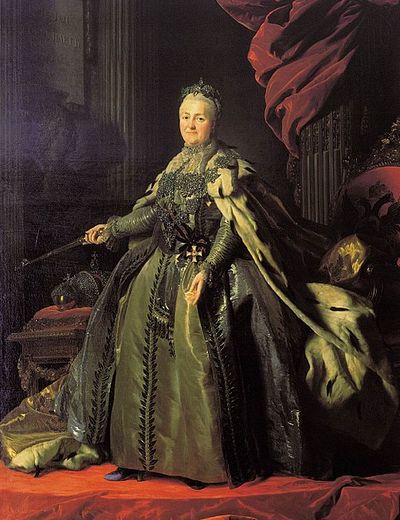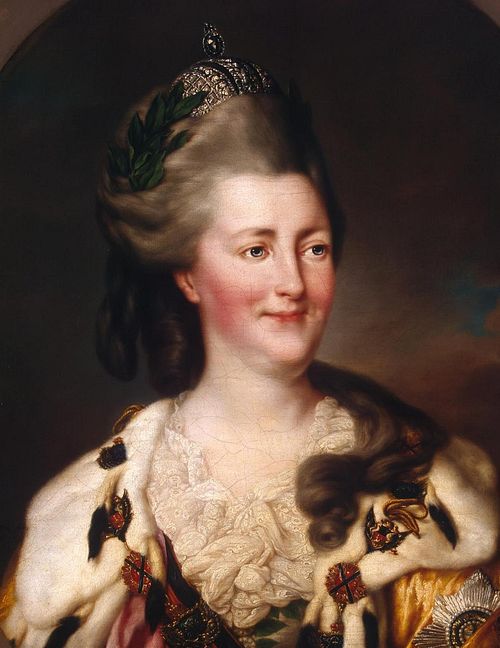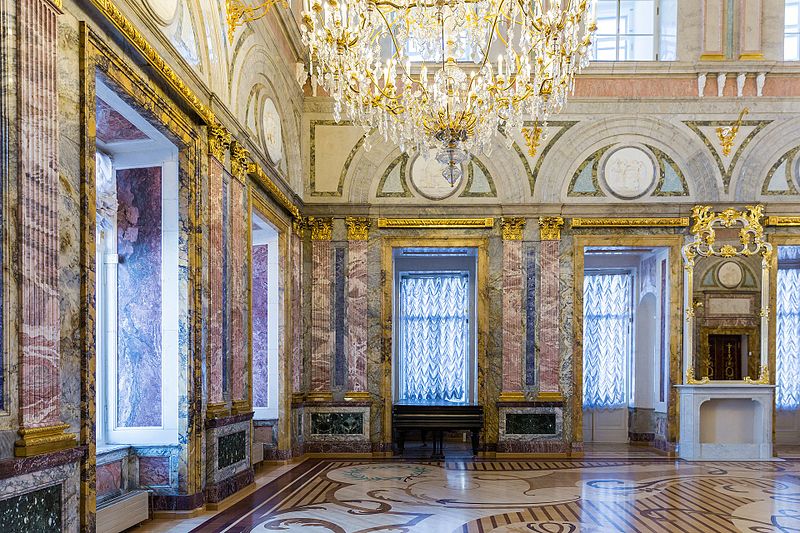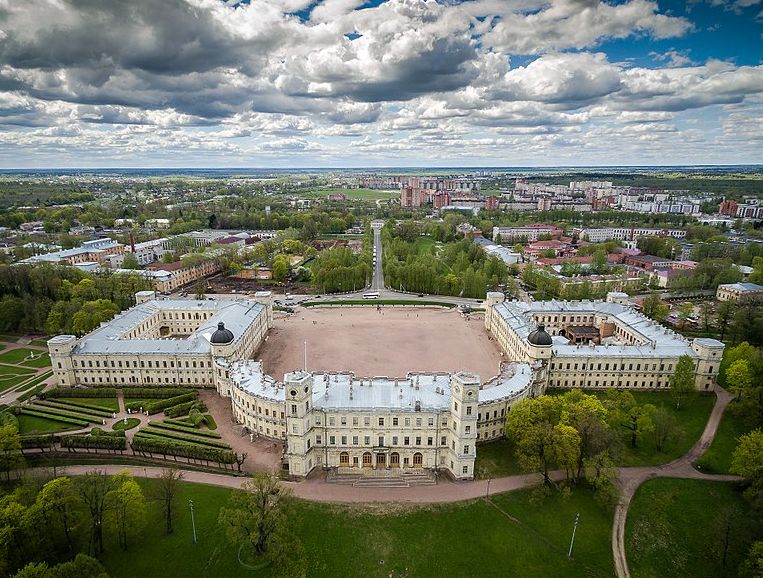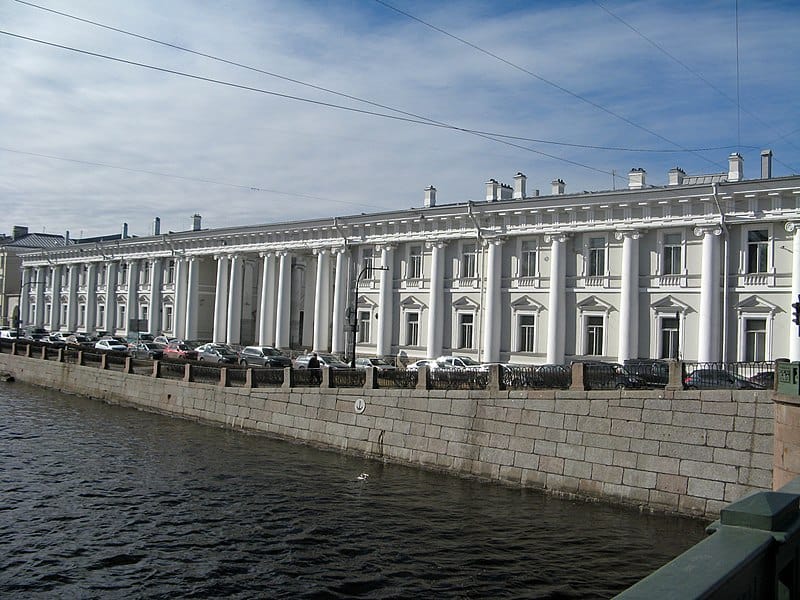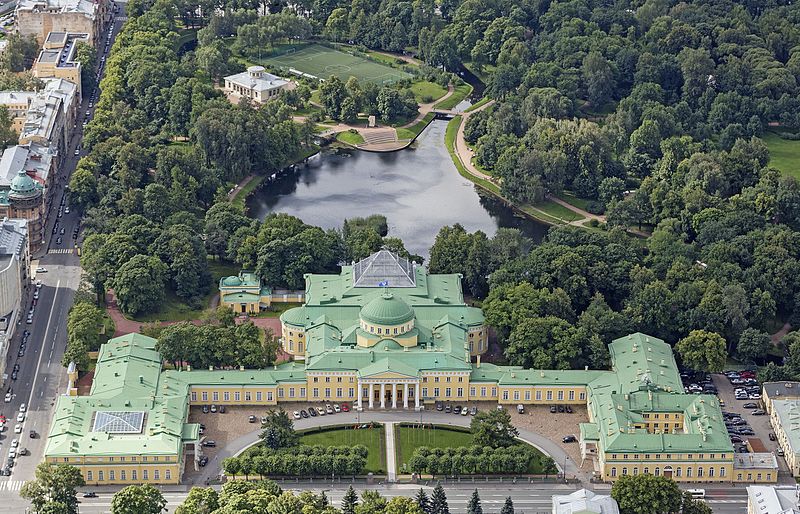Catherine is remembered as one of Russia’s best monarchs. She was a strong ruler that transformed her country in the 18th century. With all that, one tends to think of her as a tough, authoritarian person. But was she?
Let’s find out. Here are some of Catherine the Great’s characteristics, from personality to intellect and looks:
Catherine’s intellect and correspondence with Voltaire

Catherine was bright and cultured, and she loved to read.
Catherine was a German princess. She was betrothed to the heir of the Russian throne, so as a teenager, she moved to Russia to be with him.
When she arrived, she did not have friends, so the teenager spent most of her time reading.
During her first year, the girl read novels. Then, responsibility kicked in. She was going to be a queen, so she better be prepared. Catherine switched to political and philosophical texts, especially from French authors.
That is how she discovered the ideas of the Enlightenment. That movement would profoundly shape her political thought. She took to heart all their new ideas of equality and progress, that knowledge should be accessible to all, and that everyone was entitled to happiness.
Catherine learned about history, politics, and diplomacy. She was mostly self-taught. As part of her preparation, she also paid attention to the workings of the Russian court.
Eventually, Catherine became known as a great intellectual of progressive ideas. After she became empress, she corresponded with Enlightened authors like Voltaire and Diderot.
In her court, she liked having the brightest minds of Russia and abroad. And she enjoyed exchanging ideas with them and learning from them. She went into great pains to culturize Russia. She established a public school system, and created universities, public libraries, theaters, museums, and institutes to study Russian culture.
The empress not only enjoyed and promoted culture, she produced it too. Catherine penned several works, including manuals on education, plays, dramatic writings, memoirs, 14 comedies, and 9 operas.
What Is so Great About Catherine? Her Accomplishments
Catherine the Great’s looks: not the belle of the ball
Catherine’s mother was not very fond of her. And while the girl was growing up, she repeatedly told Catherine that she was ugly so that she better develop her inner qualities.
Therefore, Catherine paid little attention to her appearance during her teenage years. And she dressed plainly.
She later said that she had seen a painted portrait of her when she was ten years old. And that if the portrait was a true likeness, then she really had been far from pretty.
Catherine had dark hair, either dark brown or black. She had milky white skin, big blue eyes; long, black eyelashes; and a longish face. Possibly, her best assets were her big blue eyes.
Physically, her saving grace was that she moved with natural grace and dignity. Even her mother recognized it. When she was already empress, a painter who served at the French court, Elisabeth Le Brun, wrote of Catherine:
“The sight of this famous woman so impressed me that I found it impossible to think of anything… With her head held high, her eagle-like stare and a countenance accustomed to command. All this gave her such an air of majesty that to me, she might have been Queen of the World.”
With age, Catherine became more confident in her appearance. And she began to wear beautiful gowns that made her look regal. She also decorated her hair and dresses with diamonds, after the fashion of previous Russian empresses.
Catherine the Great’s temperament: one of her strengths
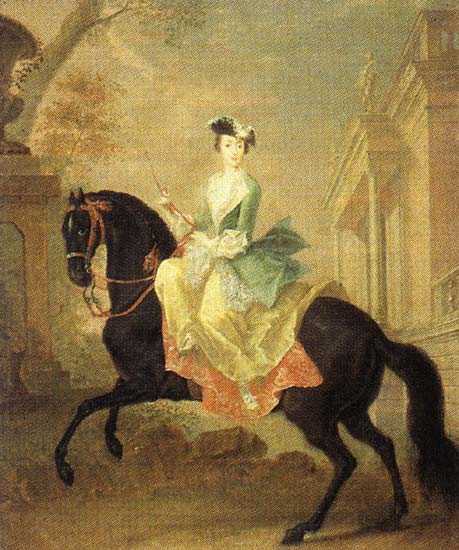
Catherine was always into self-improvement. So she followed her mother’s advice and focused on her inner qualities.
She became known for her levelheadedness and for being practical. She did not like drama, nor did she have temper tantrums.
Catherine was pleasant and friendly. Outright charming. She loved to laugh, to be around witty people, and to have fun. The empress also loved deep, brainy conversations, of course, but she could enjoy the lighter side of life.
She loved to dance and ride horses.
She also discovered early on, according to her memoirs, that people liked to talk more than to listen. And that they especially liked talking about themselves. So Catherine became a good listener.
She seems to have been somewhat of a people-pleaser. And she liked making friends.
Catherine prided herself -already as an empress- that after talking with her for 15 minutes, everyone felt at ease with her.
Turning enemies into friends

Unlike some of her predecessors, Catherine was not cruel or abusive. Quite the contrary, her easy-going disposition inclined her to be merciful. And she outright avoided conflict whenever possible.
Catherine had several lovers, some of them cheated on her. Instead of being vengeful or creating a scene, Catherine always opted for the higher road. She swallowed her pride -and on occasion broken heart- and simply dismissed them with generous gifts.
She did not hold grudges, and she could turn enemies into friends. Again, she would swallow her pride and try to bring them to her side. She did so with powerful Russian chancellor Bestuzhev, who started out opposing her and ended as her ally; she even did it with her husband’s mistress.
Markled! 17 Times Meghan Markle Ditched Others Publicly
Generosity
Catherine was incredibly generous. Growing up, she did not have much money. But once she arrived in Russia, she spent freely, mostly on gifts. The then Grand Duchess sent money back home for the education of her younger brother.
She also presented her courtly friends with gifts. She desperately wanted Russians to like and accept her, and she soon discovered that gifts pleased everyone.
Her lovers, too, she showered with gifts. She gave them nobility titles, money, palaces, lands, sometimes entire towns. And after the relationships ended, she gave them magnificent partying gifts. Her lover Alexander Vasilchikov received properties and a pension of 20,000 rubles. She built huge, gorgeous palaces for Orlov and Potemkin. The latter, she made a prince. Another of her lovers, Semyon Zorich, received a state in Saint Petersburg near her own palace, and another in Shklov, which had an 8,000 ruble income. And that is just a small recount of what she gave them.
When she found out that Diderot, a French writer Catherine admired, was impoverished, she extended a helping hand. First, she bought his private library. She paid upfront but told him to keep his books until his death. Then, she gave him a yearly pension. And finally, she gave him 50-years of pensions in advance. That was not an isolated case. Catherine was generous through and through.
Catherine the Great’s Lovers: These Are the 12 Men She Loved
How she described herself


Catherine wrote her own epitaph, so we have a clear idea of how she saw herself:
“(…) She arrived in Russia (…) at the age of 14, she had the triple intention of pleasing her husband, Elizabeth [the empress of Russia] and the people. (…) During 18 years of tedium and solitude, she willy-nilly read many books. On coming to the throne of Russia, she desired good and strove to give her subjects happiness, freedom, and property. She forgave easily and nurtured hatred towards no-one. Merciful, courteous, merry by nature, with a republican soul and a kind heart, she did have friends. Work came easily to her. She loved art and being among people.”
More about Catherine the Great:
More Articles
